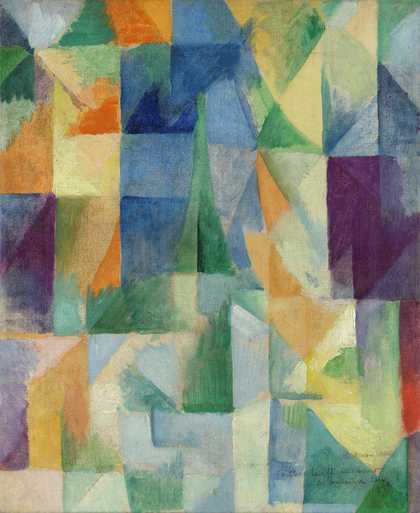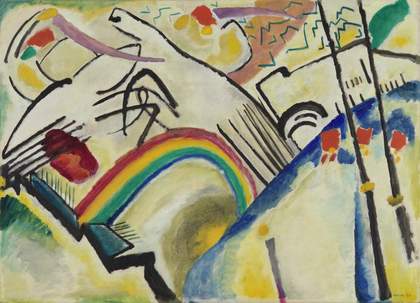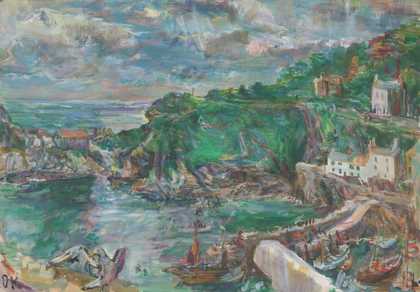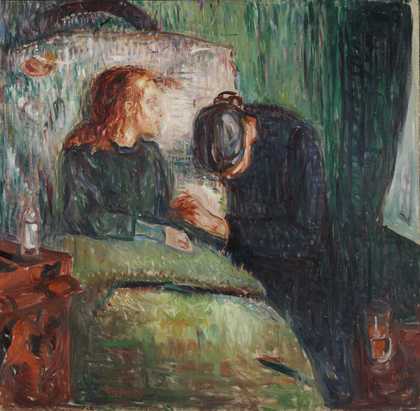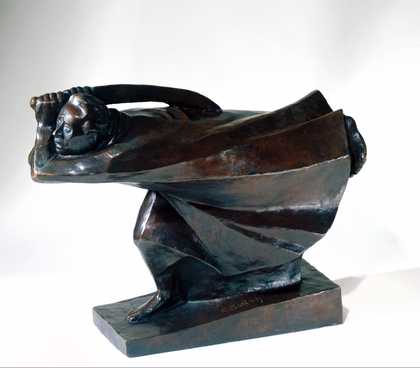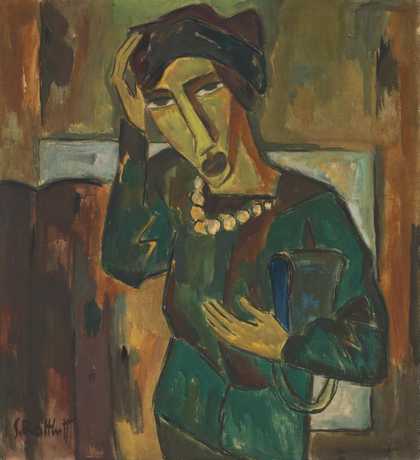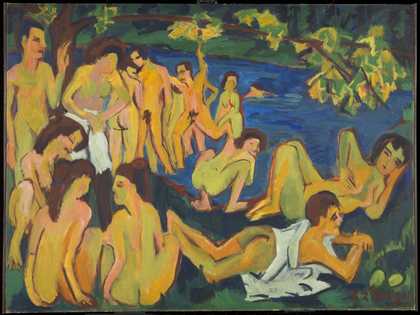Examples of expressionism exist across painting, music, photography, performance, film and other media. In expressionist painting, colours may appear intense and non-naturalistic, forms become distorted, brushwork is typically free and paint application tends to be generous and highly textured. Typical images of reality, such as a landscape painting or a portrait, become dramatic expressions of the artist’s inner feelings or emotions. Expressionist art often concerns itself with the inner necessity (or creative vision) of the artist, as well as themes of spirituality.
While ‘expressionist’ can be used to describe artworks from any era, the term originates from modern artists working in Germany in the early 20th century. Taking cues from the dramatic post-impressionist paintings of Vincent Van Gogh and Edvard Munch, among others, these artists sought to move beyond literal depictions of nature. They also connected with a long tradition of expressive Germanic religious art dating back to the European Middle Ages.
Notable German expressionist groups active in the early 20th century include The Bridge (Die Brücke) and The Blue Rider (Der Blaue Reiter). These artists, including Ernst Ludwig Kirchner, Wassily Kandinsky, Gabriele Münter, Marianne Werefkin and Franz Marc, positioned themselves in opposition to the academic realism taught in European art schools of the time. They wanted to reinfuse art with emotion and spirituality, while collapsing the rigid academic boundaries between art, music, performance and other forms of creative expression.
Expressionism flourished and spread across Europe, taken up by artists such as Oskar Kokoschka and Egon Schiele in Austria, and Sonia and Robert Delaunay in France. However, following the rise to power of the German Nazi party in 1933, modern artists were persecuted for the so-called ‘degeneracy’ of their work. Many were forced to emigrate elsewhere in Europe, or to the US. The Nazi party staged an exhibition in 1937 titled Degenerate Art (Entartete Kunst) after removing 20,000 works of modern art from state-owned museums. 650 works were displayed alongside labels insulting the artists. After the Second World War, the work of German expressionist artists such as The Blue Rider group gained renewed popularity through exhibitions such as the 1938 Exhibition of Twentieth Century German Art at the Burlington Galleries in London.
An increasingly abstract form of expressionist painting developed in the US during the post-war years, known as abstract expressionism. Later, in the 1980s, neo-expressionist artists would revive expressionist painting techniques internationally as a response to 1970s minimalism.

